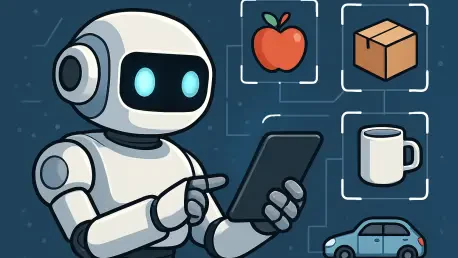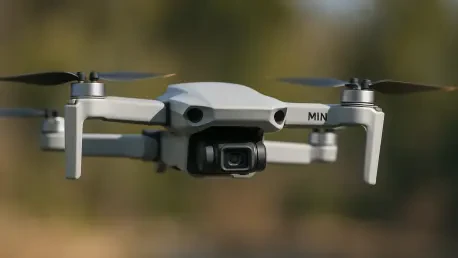
What happens when a robot steps into a kitchen, faced with an array of unfamiliar tools, and must decide which knife to use for slicing bread or which pot to grab for boiling water? This scenario, once a distant dream, is now on the brink of reality thanks to cutting-edge advancements in artificial

The mini drone industry has witnessed an unprecedented surge in popularity, driven by the accessibility and versatility of compact models that cater to both hobbyists and professionals alike. These lightweight devices, often weighing under 250 grams, have transformed aerial photography, content

Lyric videos have surged from simple text overlays to dynamic visual masterpieces that captivate millions of music fans worldwide, racking up billions of views on platforms like YouTube, and this explosion in popularity poses a challenge for creators. How can artists and marketers keep up with the

Imagine a future where robots, smaller than a centimeter, can traverse the most challenging terrains, glide through liquids, and collaborate to address problems in areas beyond human reach, such as deep within the body or remote natural ecosystems. This vision is becoming a reality thanks to

I'm thrilled to sit down with Oscar Vail, a pioneering technology expert whose groundbreaking work in robotics and AI is transforming emergency response. With a deep focus on emerging fields like quantum computing and open-source innovation, Oscar has been instrumental in advancing the use of

In a world where digital art and design are increasingly integral to industries ranging from marketing to entertainment, AI image generators have emerged as game-changers, democratizing creativity for professionals and hobbyists alike, and opening unprecedented avenues for artistic expression.